How did the seahorse pull off its ruse? I blink with disbelief. Until Rick-Ernest Bonnier, the Four Seasons Resort Mauritius’ ocean environment manager, pointed it out, it had pretended to be part of a marine sponge. I circle back, peering at the spike-covered creature through the snorkel mask. My eyesight must be getting worse because its S-shaped body doesn’t bear any resemblance to the cup-shaped protuberances of the sponge to which it had attached itself.
You must see the 10-cm horse-faced fish in its natural habitat to believe its magical ability to vanish in plain sight. My problem was, like most people who have seen seahorses in aquariums, I recognise them by their profile. Here, it would have to lie on its side in the sand for me to see it. And they aren’t cooperative like that!
Seahorse Anahita
I spend a few more seconds gazing at this toy-come-to-life, as it sways with the tidal current, ready to trick the next passer-by. Then I kick my fins to catch up with the turbulence of Bonnier’s wake. Below me spreads the underwater scape of the sandy lagoon with columns of Sargassum seagrass, an assortment of algae, colonies of sponges, and the occasional stand of Acropora coral. Within minutes, he wheels around and vigorously points to a coral. A bevy of little blue-green chromis damselfish dart between its branches. I look closely around the edges. Nothing. Is it hiding in the middle of the coral, among the straight pointed limbs? No. Where is the blasted seahorse?
Glancing up at Bonnier’s masked face, I wave my outstretched palm sideways gesturing ‘where’. He dives until his forefinger hovers a foot above the creature and, miraculously, the fish stands out from the background. Somehow, its curvy body has become one with the angular coral. This one, its body smooth, is even larger than the first — almost a foot long.
Common seahorse
| Photo Credit:
Bernardo Nascimento
A few minutes later, we pause, standing in the shallows with our masks riding above our foreheads. “How do you spot them? What’s your search image?” I ask.
“The tops of their heads,” he replies.
We resume our leisurely ‘seahorse safari’, our faces below the water’s surface. Even after Bonnier points them out, I can’t immediately see the crowns of the four subsequent seahorses.
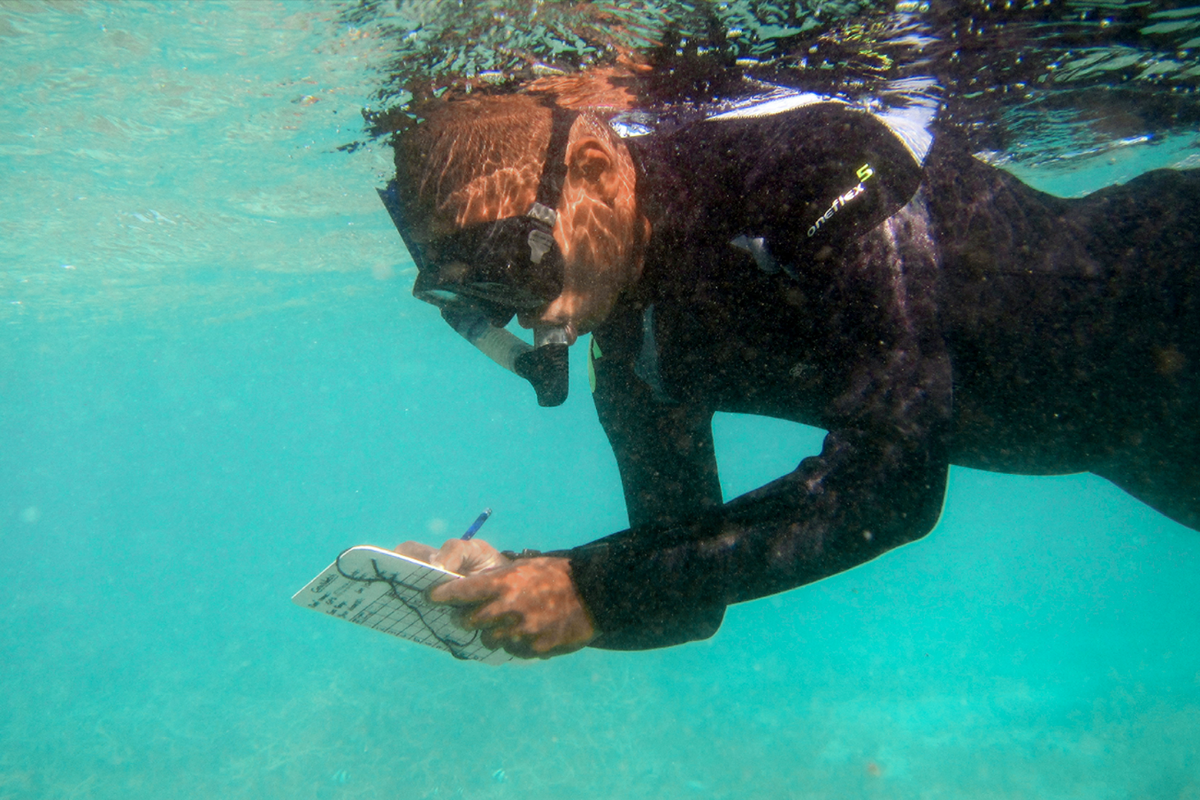
Rick-Ernest Bonnier
Pregnant dads and moonlit births
On the beach an hour later, stepping out of my fins and shivering in the wetsuit in the Southern Hemisphere’s winter, I am elated to have finally seen these bony fish. In preparation for the trip, I had read up on the fascinating creatures. One of those ‘Did you know’ realisations was: adult male seahorses are pregnant all their lives. The female deposits eggs in his kangaroo-like pouch where the babies hatch and grow, the gestation period varying with species, until they are ready for life in the open sea. On a full moon night, the father goes into labour, spewing out hundreds of babies from his spasming body. Later that same night, the female returns to lay more eggs. And so the cycle resumes.
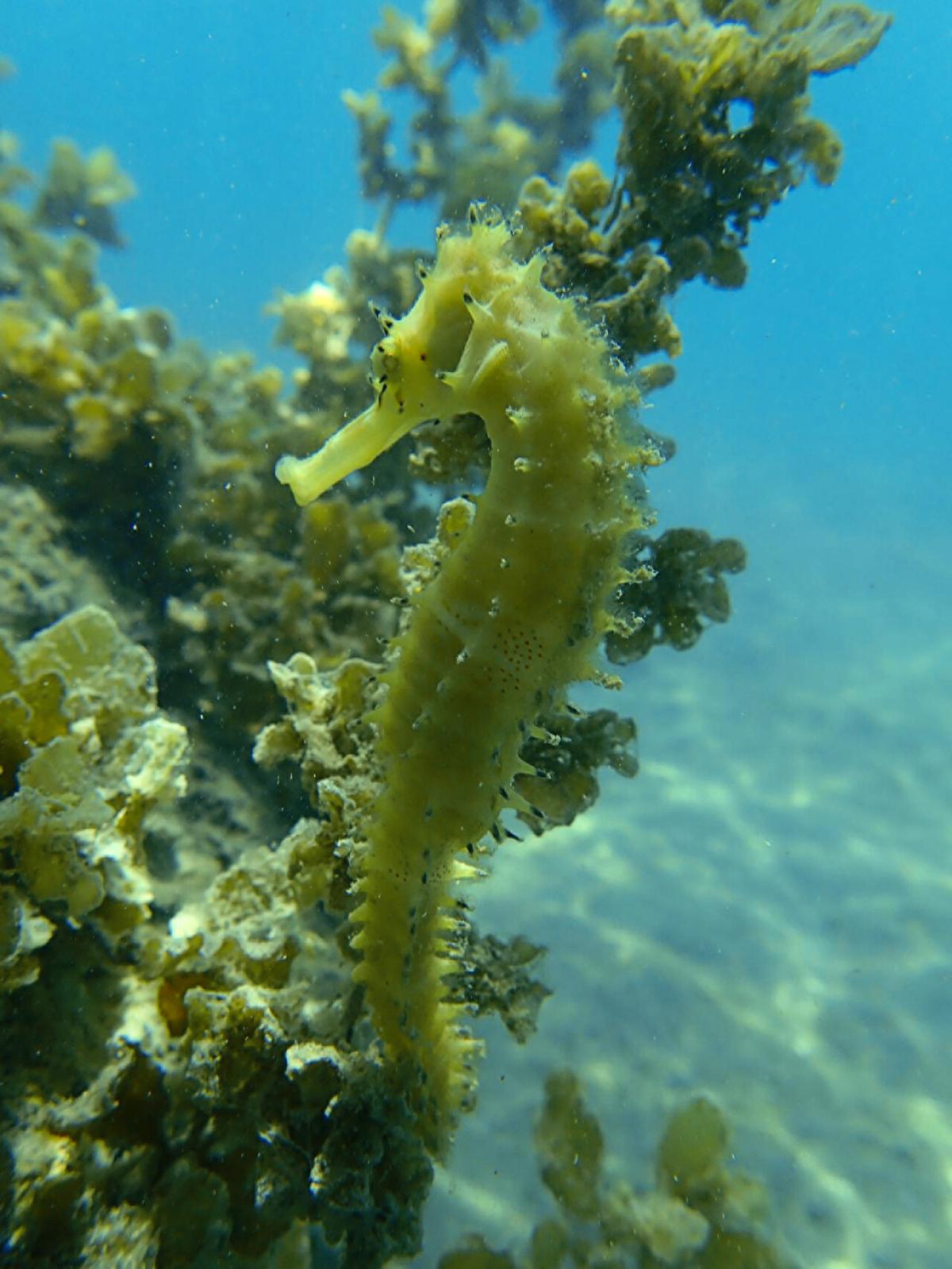
While most fish use their tails to get around, seahorses use theirs to stay put, their grasping tails latching on to algae, seagrass or coral. They ineffectively propel themselves with small fins on their back and the sides of their head. So, the chances of seeing one again in the same vicinity are high — if you can see through their disguise.
Most people assume that you need to dive to spot seahorses. The two species along the Anahita coast, the thorny seahorse and the common seahorse, live in waters so shallow that you have to time your snorkelling trip with the high tide. This surprises visitors, just as it did Bonnier when he first spotted a crusty millipede shape in the sand. He had snapped a photo and, not trusting his own judgment, sent the image to experts for confirmation.

Rick-Ernest Bonnier
Under threat everywhere
Seahorse populations are diminishing across the world, with the IUCN (International Union for Conservation of Nature) listing the approximately 50 species as near threatened, and two — the Knysna or Cape seahorse from South Africa and White’s seahorse of Australia — as endangered. Habitat destruction, pollution, and unsustainable fishing practices have all contributed to the dwindling numbers. As has illegal trade, driven by traditional Chinese medicine that claims it helps with potency disorders, asthma and pain. More than 37 million seahorses are caught globally every year, according to the Oxford Martin Programme on Wildlife Trade.
“What surprised me was that Anahita is one of the few places around Mauritius where a well-established population [of seahorses] still exists,” says Bernardo Nascimento, curator and head educator at Odysseo Oceanarium in Port Louis, the country’s capital. It helps that the area is clean, doesn’t have a lot of tourists or fishing, and the plants and animals that the fish rely on for cover and prey are in good health.
Spiny seahorse
| Photo Credit:
Bernardo Nascimento
The oceanarium team also found a third species in the north of the island, the Tyro seahorse. “This is the rarest in the world,” says Nascimento. Until now only one specimen was known, caught in neighbouring Seychelles.
Learning from the dodo
The mangroves and sandy beaches of the Four Seasons wrap around the estuary of the Grand River South East, on the east coast of Mauritius. They lie within the approximately 6 sq.km. Trou d’Eau Douce Fishing Reserve where industrial fishing is prohibited, allowing marine species such as seahorses, frogfish, and harlequin shrimp to thrive. The scissortail sergeants (a blue fish with black stripes) are a permanent presence, nibbling on algae in the channel cutting through the resort.
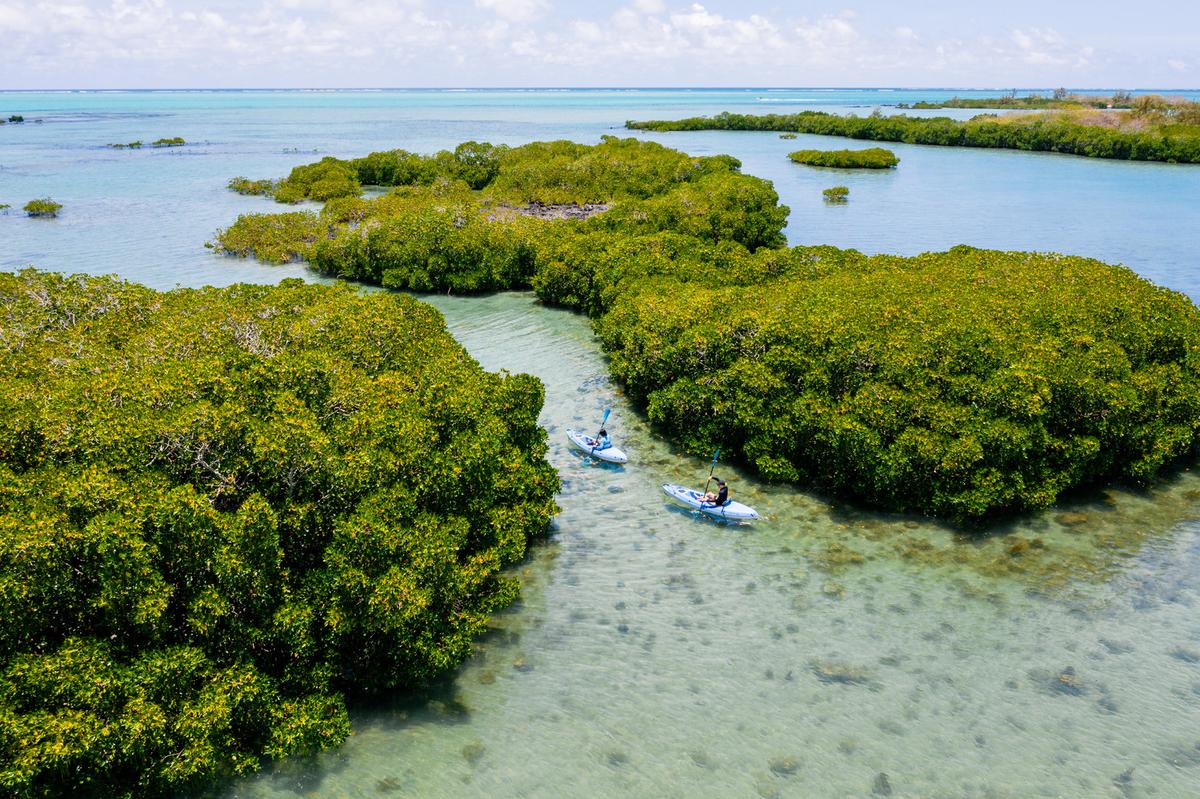
Mangroves around the Four Seasons
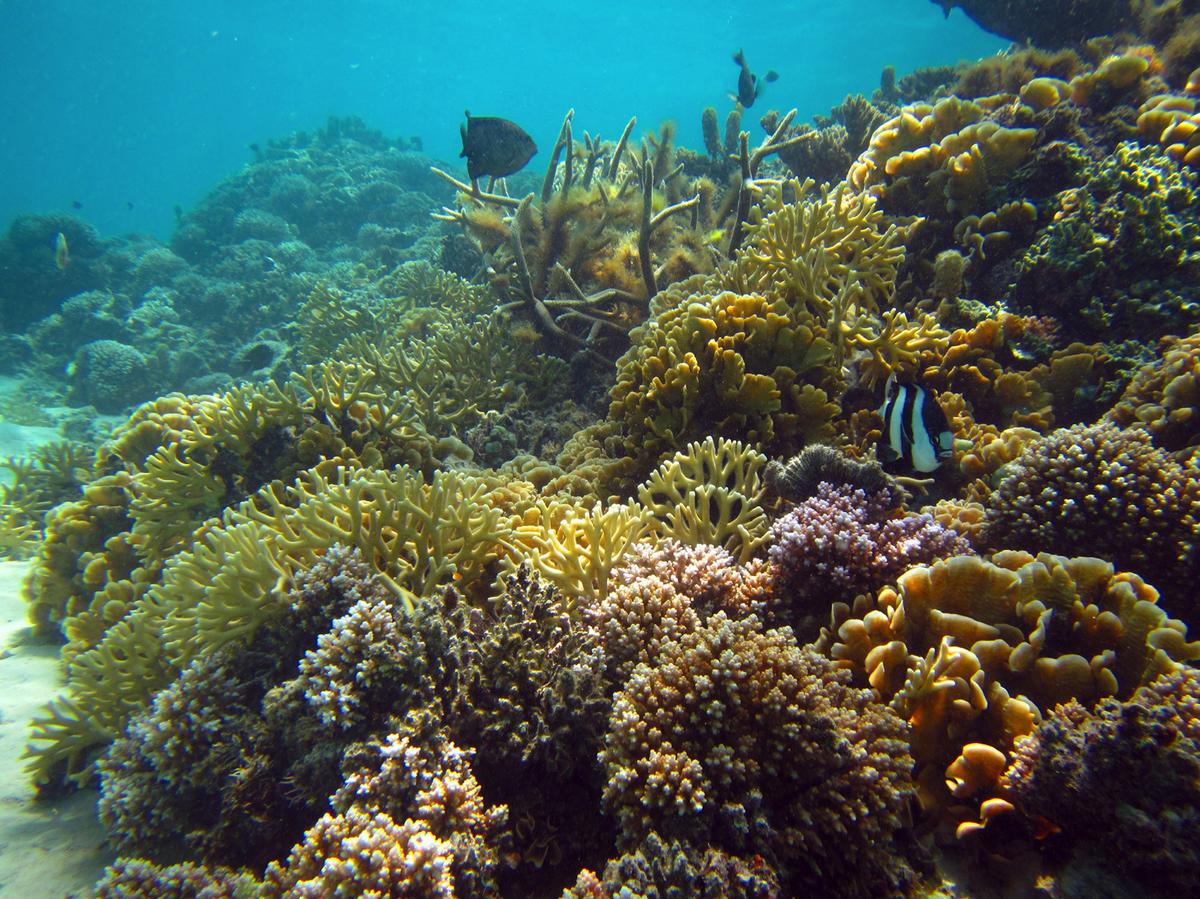
Guests who can afford to stay at the luxury resort aren’t the only beneficiaries of these riches. On low occupancy days, Bonnier and his team bring school children from across the island for a day of nature walks and snorkelling. With the shadow of the dodo, the international emblem of man-caused extinction, hanging over their heritage, most Mauritians are already aware of the urgency of conservation, especially of island species.
The resort grounds host a wealth of plant, animal and bird life. Mauritian fruit bats roost on the avenues of banyan trees, and jewel-like geckos dart among the fronds of the blue latania palm trees. Beside the spa is a plant nursery for species native to the island. Many of them are pretty with red leaf margins and stems, an evolutionary defence against the island’s native herbivores, the now-extinct giant tortoises. Bonnier hopes to slowly replace the common flowering plants and trees in the gardens with these. And if you are as lucky as I was, beautiful tropical birds with their long tails, the inspiration for the logo of Air Mauritius, may glide across the blue skies as you laze in the sunbed.
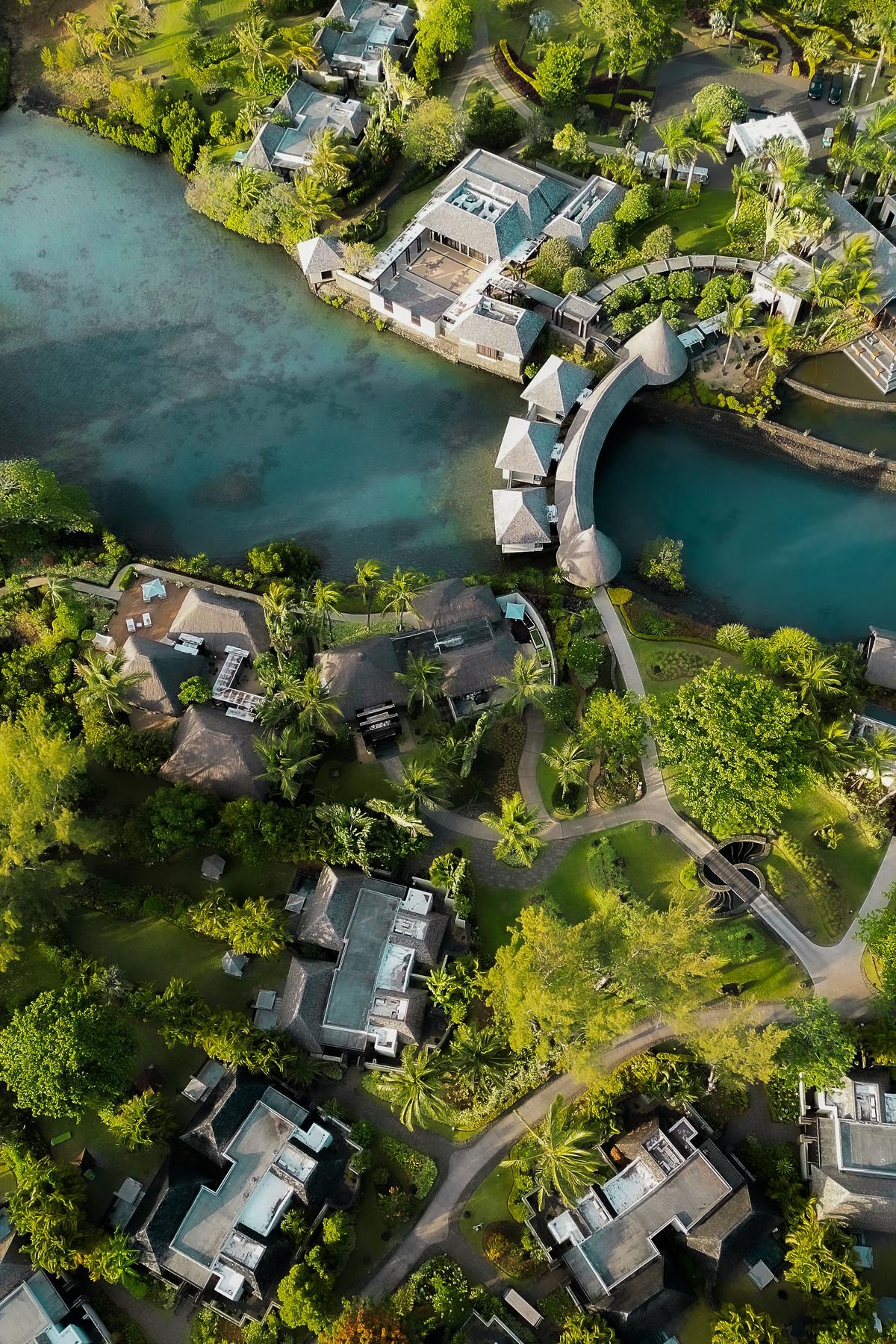
Four Seasons Resort Mauritius
But the seahorses are the stars of the show. Taking guests to see these fish (which they started nine months ago) is just the first step in a long-term programme. In the next stage, Bonnier plans to collaborate with the Odysseo Oceanarium to survey the Anahita stretch, figure out a way to identify individual animals, study their behaviour, and perhaps even create a nursery for the ‘sea-foals’.
The day after my encounter with the seahorses, Bonnier took a family with two young children out into the lagoon and showed them three red juveniles within 30 minutes. Even though they froze in the water, the kids were thrilled by the experience. The next day they asked Bonnier, “Can we go see the seahorses again?”
The writer’s latest book, co-authored with Romulus Whitaker, is ‘Snakes, Drugs and Rock ‘n’ Roll’.